Фильм: Русалочка,1976
Фильм: Русалочка,1976
Movie: The little Mermaid
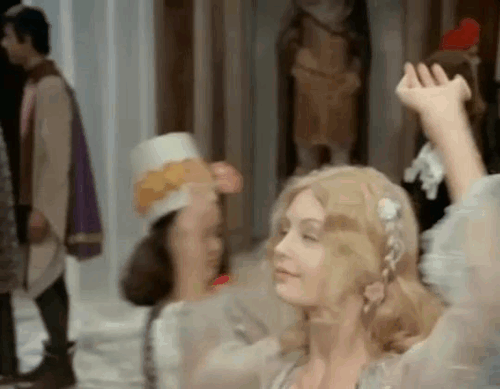
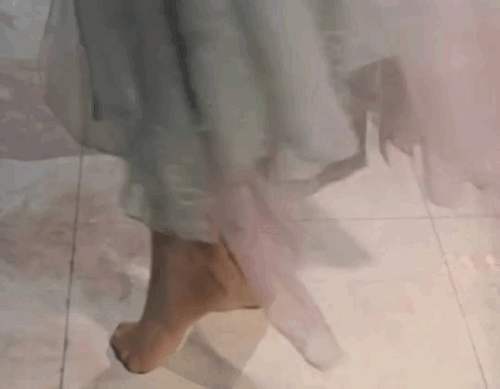


More Posts from Luhuhul and Others



Captain Fantastic (2016)

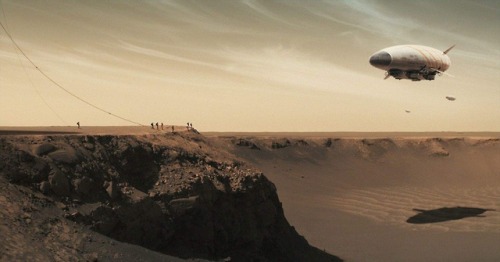
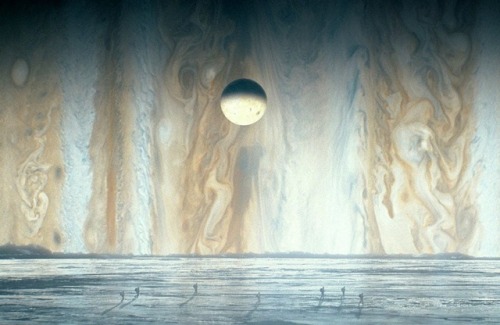

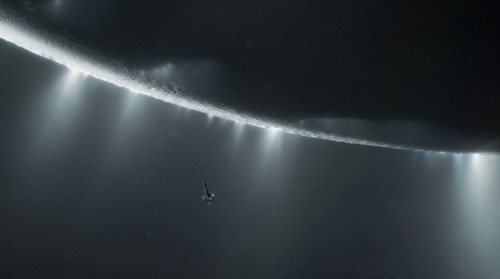
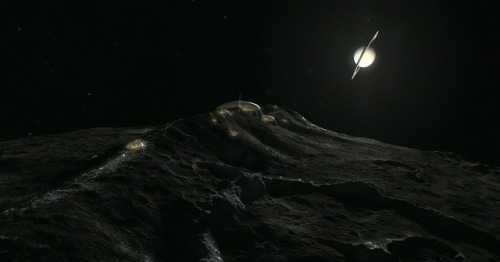
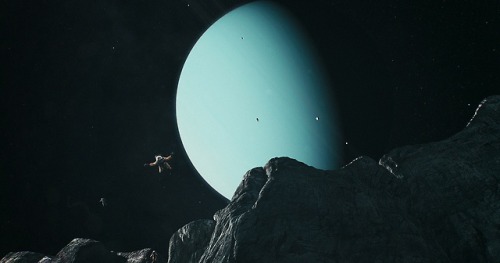
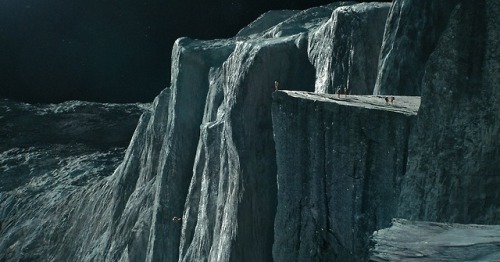

Will we one day explore the worlds of our solar system? How long will this take?
We have a diversity of worlds in our solar system. Majestic places…
Imagine being able to visit Mars and its hostile climate. Imagine being able to visit the moons of Jupiter, observe Io: the volcanic moon, Europa, the frozen moon and Ganymede a moon larger than Mercury itself and that has its own magnetic field. Imagine visiting the moons of Saturn and maybe passing close to your rings… Imagine orbiting or floating through Titan’s atmosphere and closely watching its lakes and seas of methane and liquid ethane. Imagine getting to know the geysers of Enceladus, the valleys of Tethys, and the craters of Mimas… Imagine being able to see the moons of Uranus and have a view of Verona Rupes, the largest cliff of the solar system, located in Miranda. Imagine being able to be in Triton and to be able to observe the cold and azualdo Neptune in the sky…
i just want to live in a rich family to spend my whole days draining my melancholy into white pages
Humanity did not prove that the sun is, in fact, a star until 1838.
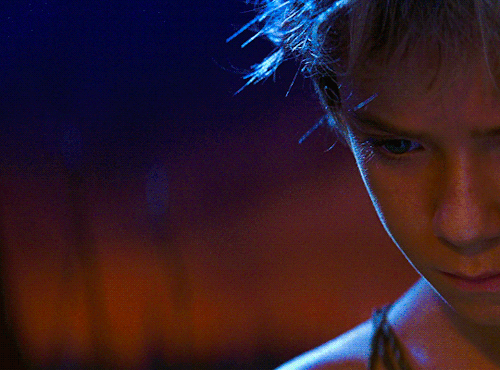
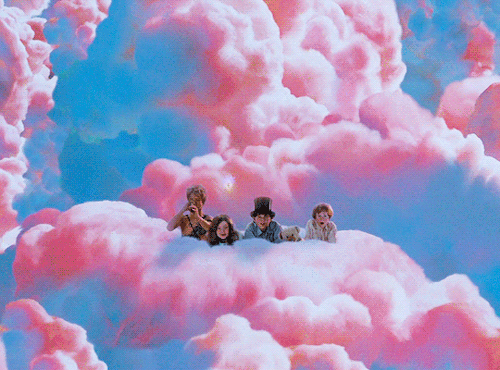
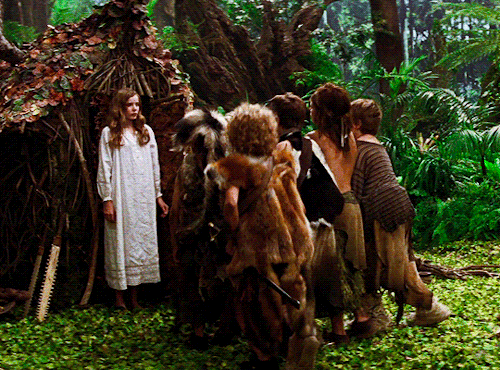
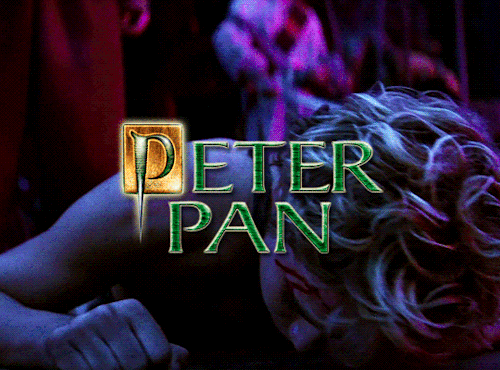
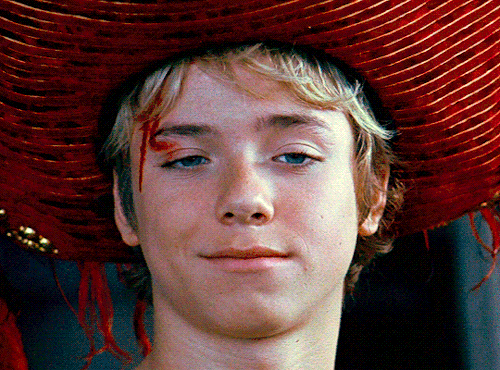
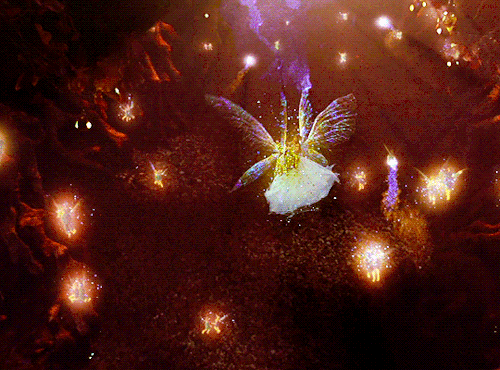
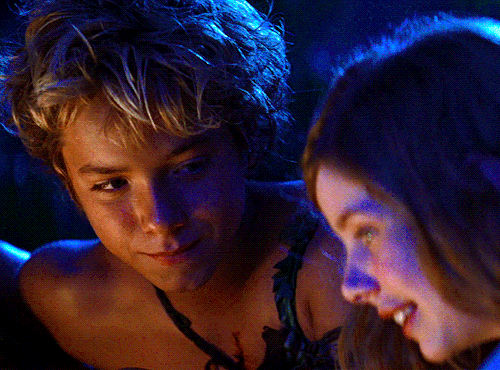
Peter Pan (2003) | dir. P. J. Hogan









Asteroid City 2023 Directed by Wes Anderson
“What I told you about saving people isn’t true. You might think it is, because you might want someone else to save you, or you might want to save someone so badly. But no one else can save you, not really. Not from yourself. You fall asleep in the foothills, and the wolf comes down from the mountains. And you hope someone will wake you up. Or chase it off. Or shoot it dead. But when you realize that the wolf is inside you, that’s when you know. You can’t run from it. And no one who loves you can kill the wolf, because it’s part of you. They see your face on it. And they won’t fire the shot.” - Ava Dellaira, Love Letters to the Dead
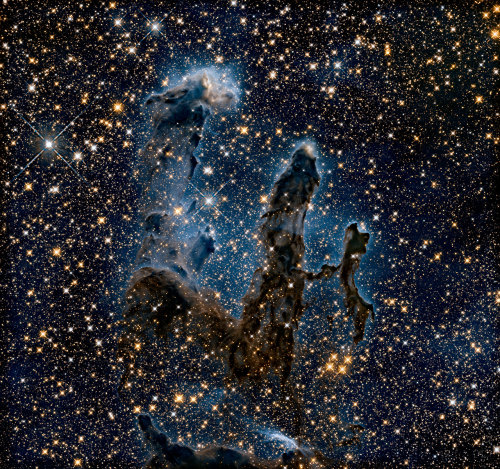
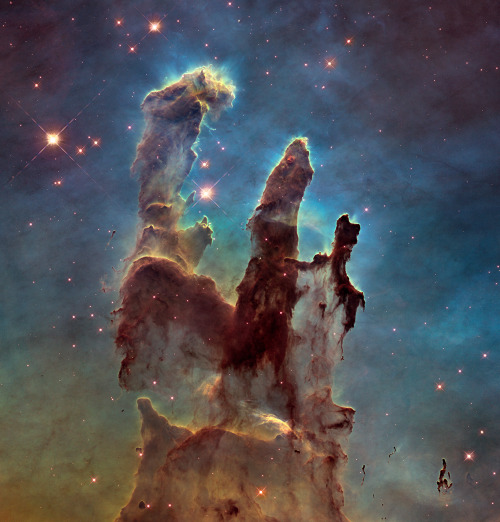
Sometimes… there’s more than meets the eye. 👀 You’re looking at two very different takes on an iconic image.
Human eyes can see only a small portion of the range of radiation given off by the objects around us. We call this wide array of radiation the electromagnetic spectrum, and the part we can see visible light.
In the first image, researchers revisited one of Hubble Space Telescope’s most popular sights: the Eagle Nebula’s Pillars of Creation. Here, the pillars are seen in infrared light, which pierces through obscuring dust and gas and unveil a more unfamiliar — but just as amazing — view of the pillars. The entire frame is peppered with bright stars and baby stars are revealed being formed within the pillars themselves. The image on the bottom is the pillars in visible light.
Image Credit: NASA, ESA/Hubble and the Hubble Heritage Team
Make sure to follow us on Tumblr for your regular dose of space: http://nasa.tumblr.com.


Léon: The Professional (1994)
-
 mimistrawberrysblog reblogged this · 1 month ago
mimistrawberrysblog reblogged this · 1 month ago -
 dercetodebauchery reblogged this · 2 months ago
dercetodebauchery reblogged this · 2 months ago -
 dercetodebauchery liked this · 2 months ago
dercetodebauchery liked this · 2 months ago -
 tc3559575 liked this · 3 months ago
tc3559575 liked this · 3 months ago -
 zora-aurora reblogged this · 3 months ago
zora-aurora reblogged this · 3 months ago -
 agnes-jean liked this · 3 months ago
agnes-jean liked this · 3 months ago -
 historygirl93 reblogged this · 3 months ago
historygirl93 reblogged this · 3 months ago -
 bocchanworld reblogged this · 5 months ago
bocchanworld reblogged this · 5 months ago -
 singularity-seeker liked this · 5 months ago
singularity-seeker liked this · 5 months ago -
 sappho-saffyre reblogged this · 5 months ago
sappho-saffyre reblogged this · 5 months ago -
 marianorth12 reblogged this · 5 months ago
marianorth12 reblogged this · 5 months ago -
 chicgirlmoment liked this · 5 months ago
chicgirlmoment liked this · 5 months ago -
 staticsnowfall liked this · 5 months ago
staticsnowfall liked this · 5 months ago -
 sussurrosdepapoilas reblogged this · 5 months ago
sussurrosdepapoilas reblogged this · 5 months ago -
 sussurrosdepapoilas liked this · 5 months ago
sussurrosdepapoilas liked this · 5 months ago -
 brie0375 liked this · 5 months ago
brie0375 liked this · 5 months ago -
 angeldoelly liked this · 6 months ago
angeldoelly liked this · 6 months ago -
 shouta liked this · 6 months ago
shouta liked this · 6 months ago -
 wonychaesw reblogged this · 7 months ago
wonychaesw reblogged this · 7 months ago -
 wonychaesw liked this · 7 months ago
wonychaesw liked this · 7 months ago -
 babeski444 liked this · 7 months ago
babeski444 liked this · 7 months ago -
 nach3t3 liked this · 7 months ago
nach3t3 liked this · 7 months ago -
 xxbr1ttn3yxx liked this · 7 months ago
xxbr1ttn3yxx liked this · 7 months ago -
 fleeting-myth liked this · 7 months ago
fleeting-myth liked this · 7 months ago -
 analoggirls liked this · 7 months ago
analoggirls liked this · 7 months ago -
 lux-xlisbon reblogged this · 7 months ago
lux-xlisbon reblogged this · 7 months ago -
 ittle-snail liked this · 8 months ago
ittle-snail liked this · 8 months ago -
 swanofjade liked this · 8 months ago
swanofjade liked this · 8 months ago -
 wombat2combat liked this · 8 months ago
wombat2combat liked this · 8 months ago -
 biaa222 liked this · 9 months ago
biaa222 liked this · 9 months ago -
 chocolatedeputyoperatoad liked this · 9 months ago
chocolatedeputyoperatoad liked this · 9 months ago -
 frankoceansgirl liked this · 10 months ago
frankoceansgirl liked this · 10 months ago -
 two-women-in-a-boat liked this · 10 months ago
two-women-in-a-boat liked this · 10 months ago -
 werelikeghostsinthesnow liked this · 11 months ago
werelikeghostsinthesnow liked this · 11 months ago -
 rosasepulcral liked this · 1 year ago
rosasepulcral liked this · 1 year ago -
 realmarywarren liked this · 1 year ago
realmarywarren liked this · 1 year ago -
 babajagka liked this · 1 year ago
babajagka liked this · 1 year ago -
 cobaltthearsonist liked this · 1 year ago
cobaltthearsonist liked this · 1 year ago -
 rou-xi-nol reblogged this · 1 year ago
rou-xi-nol reblogged this · 1 year ago -
 rou-xi-nol liked this · 1 year ago
rou-xi-nol liked this · 1 year ago -
 appledelevingne liked this · 1 year ago
appledelevingne liked this · 1 year ago -
 marianorth12 liked this · 1 year ago
marianorth12 liked this · 1 year ago -
 angel-boo reblogged this · 1 year ago
angel-boo reblogged this · 1 year ago -
 angel-boo liked this · 1 year ago
angel-boo liked this · 1 year ago -
 dyinggirldied liked this · 1 year ago
dyinggirldied liked this · 1 year ago -
 lanceylovesdilfs liked this · 1 year ago
lanceylovesdilfs liked this · 1 year ago -
 dontgivemeaxanny reblogged this · 1 year ago
dontgivemeaxanny reblogged this · 1 year ago
